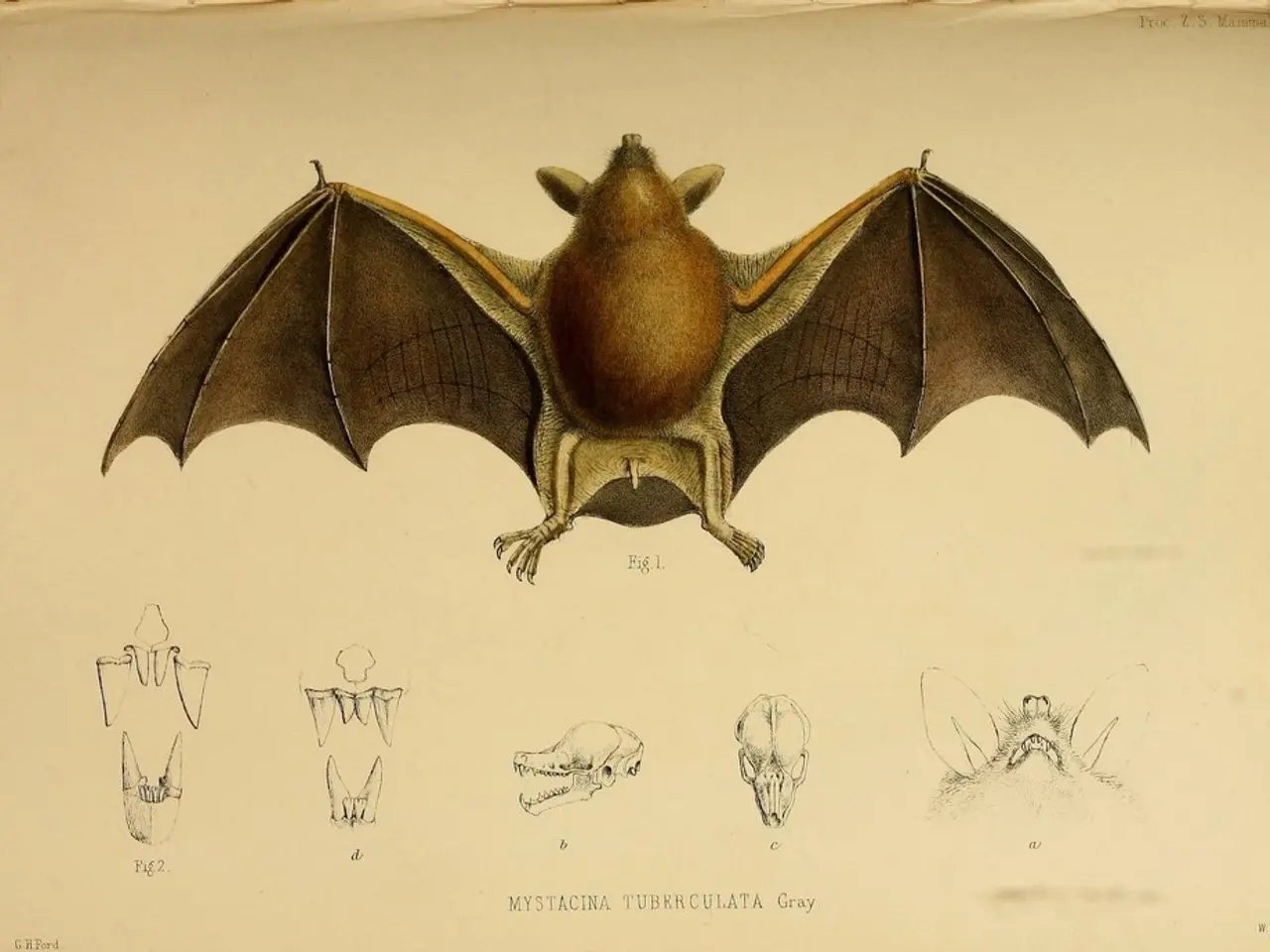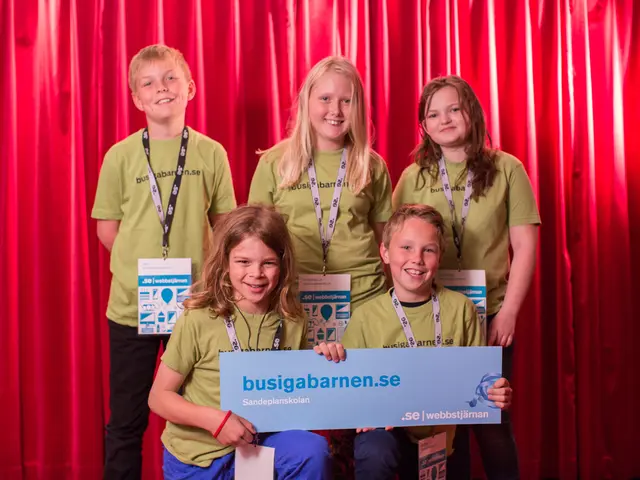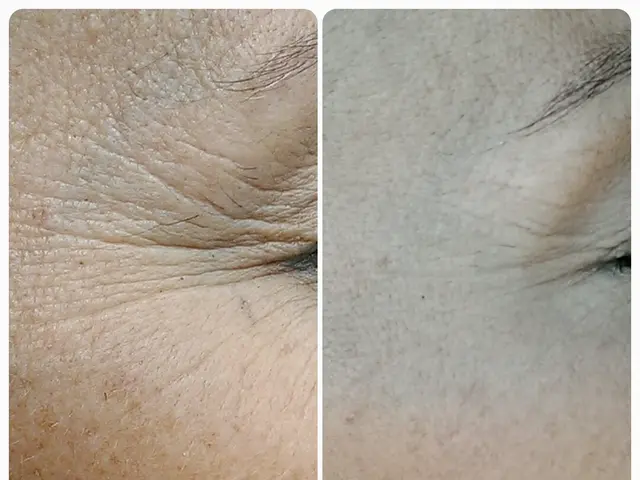Europe targets self-sufficiency in Li-ion batteries by 2027, potentially ending China's dominance in the industry.
In a bid to reduce reliance on China for battery parts and secure a competitive edge in the green energy sector, both Europe and the US are making significant adjustments to their funding strategies.
The European Union (EU) aims to improve the speed and efficiency of funding distribution, learning from the sluggish absorption rates experienced under the Recovery and Resilience Facility (RRF). To achieve this, funds will be paid directly to businesses to avoid the delays seen under the RRF.
The EU also intends to simplify EU state aid regulations, allowing production subsidies for scaling up green projects, similar to the US. This strategic focus on spending is in stark contrast to the RRF.
To counter China's monopoly on battery metals, the EU plans to reduce Europe's reliance on China by 2030. This goal is supported by the rise of European projects such as Imerys in France, RockTech Lithium in Germany, and Vulcan Energy Resources. By this year, more than half of Europe's need for refined lithium may come from these projects, with the manufacturing of cathodes either underway or planned at these companies.
The EU Critical Raw Resources Act further proposes to supply materials from foreign mines or directly from European projects, as long as they adhere to strict environmental and social requirements.
Across the Atlantic, the Inflation Reduction Act (IRA) is attracting businesses to relocate projects intended for Europe to the US due to tax breaks and incentives. Companies such as Samsung SDI, Toyota, and Tesla are adapting local production and ownership structures to align with the IRA's tax benefit criteria and supply chain requirements.
The US IRA's green manufacturing targets should be the only ones to receive funding according to the suggestion for the European Sovereignty Fund, a proposal by T&E to raise money through joint debt issuance to boost green innovations. The US IRA's bankable nature is also being observed as a model for the EU to apply to their own funding mechanisms.
The European Sovereignty Fund aims to provide a level playing field for businesses across Europe and prevent wealthier nations from lagging behind. The fund is designed to address the inefficiencies in the distribution of funds observed under the RRF and streamline the process of providing funds to businesses, unlike the RRF.
By 2027, two-thirds of Europe's need for cathodes can be met locally through projects at Umicore in Poland, Northvolt in Sweden, and BASF in Germany. The decline in Europe's reliance on China for the processing and refining of battery metals may be significant by 2030.
In this global race for green energy dominance, both Europe and the US are making bold moves to secure their positions. The competition promises to drive innovation and sustainability, benefiting both regions and the world as a whole.







